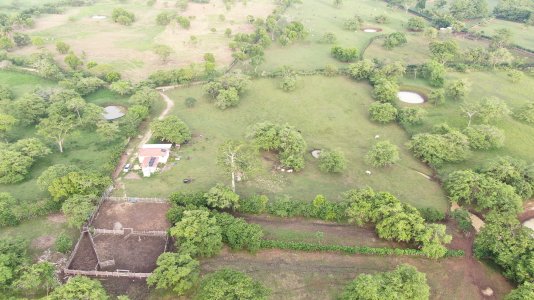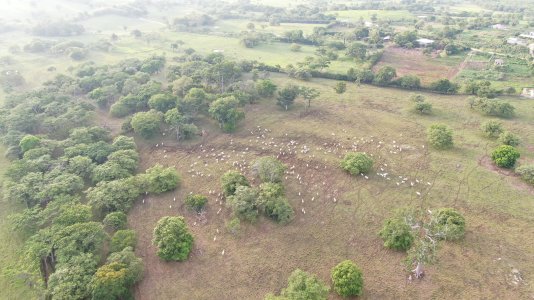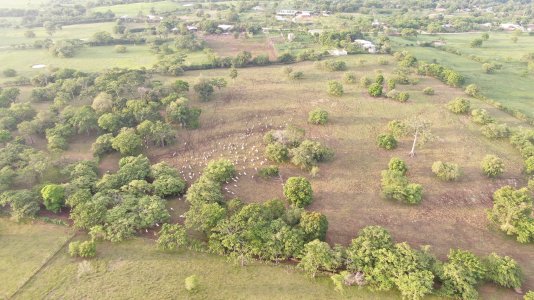Chapin81
Well-known member
Just to update everyone, family cattle farm is in northern Guatemala and it's all monoculture throughout this month since it's our rainy season I spread some arrowleaf, strawberry and crimson clover and it looks like it's germinated, it took about 5-9 days.
I didn't add anything to the soil, I basically spread it over some of our bare spots.
Keeping fingers crossed that it will seed and continue to grow.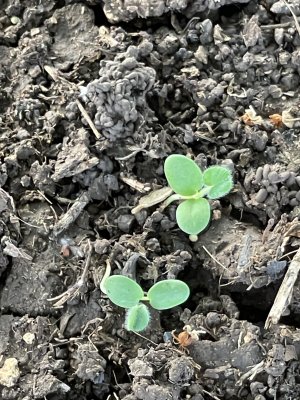
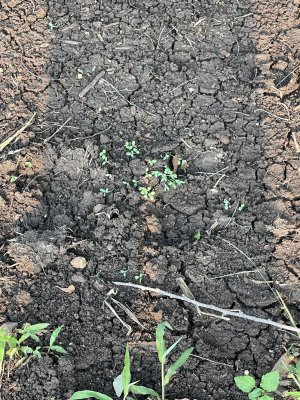

I didn't add anything to the soil, I basically spread it over some of our bare spots.
Keeping fingers crossed that it will seed and continue to grow.




